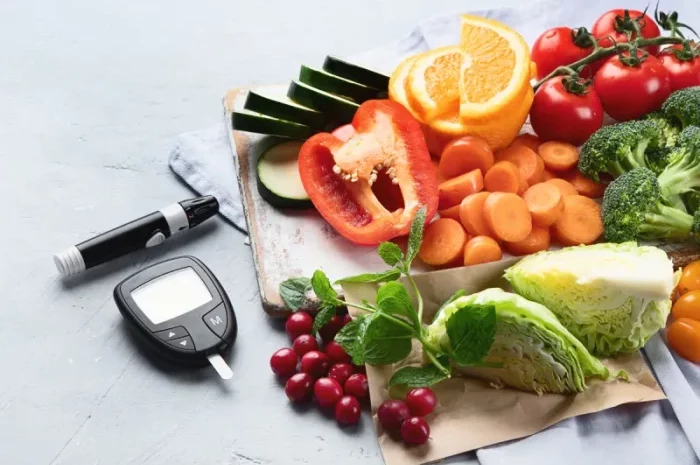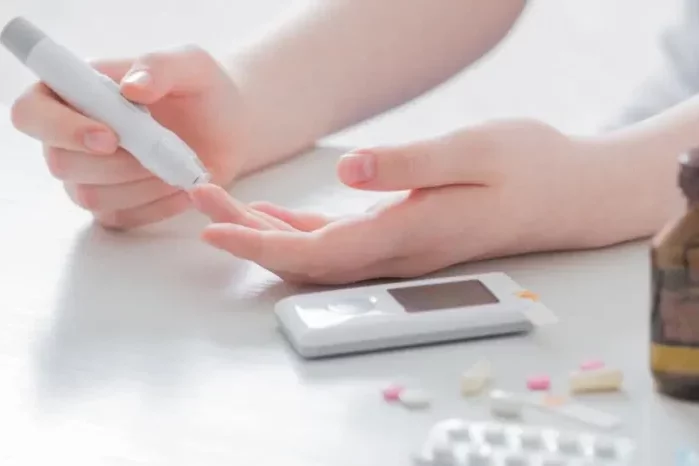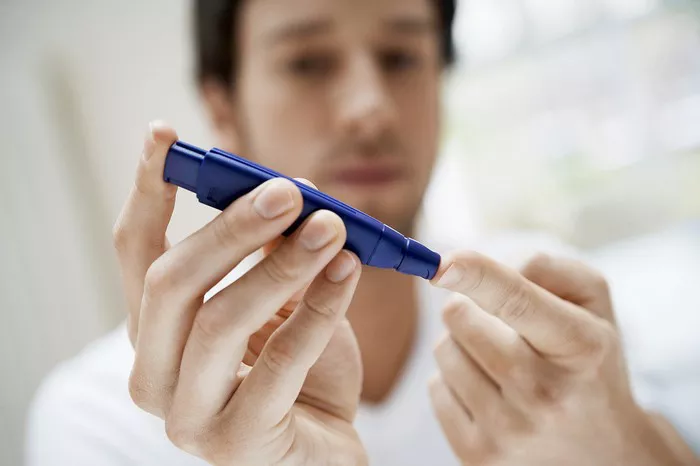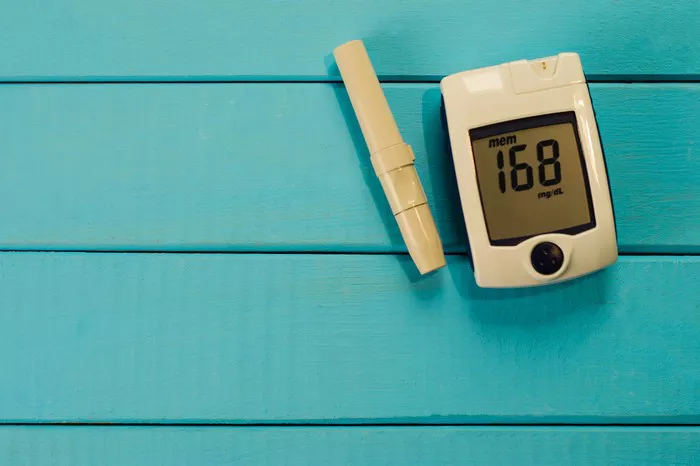High blood sugar, or hyperglycemia, is a common concern for individuals with diabetes. When blood sugar levels rise above target ranges, it’s essential to take immediate action to bring them back within normal limits and prevent complications. While certain foods can exacerbate hyperglycemia, others can help stabilize blood sugar levels and promote glycemic control. In this comprehensive article, we explore what to eat immediately if your blood sugar is high, empowering individuals with diabetes to make informed dietary choices and optimize their health outcomes.
Understanding the Impact of Diet on Blood Sugar:
Dietary choices play a crucial role in managing blood sugar levels, as carbohydrates, fats, and proteins are metabolized differently in the body. Carbohydrates, in particular, have the most significant impact on blood sugar levels, as they are broken down into glucose during digestion. However, the type and quality of carbohydrates, as well as other macronutrients, can influence how quickly and significantly blood sugar levels rise.
Foods to Eat Immediately for High Blood Sugar:
When blood sugar levels are elevated, it’s essential to focus on foods that can help stabilize glucose levels and prevent further spikes. Here are some options to consider:
- Water: Staying hydrated is crucial for flushing out excess glucose through increased urination and preventing dehydration, a common complication of hyperglycemia. Drink water or other non-caloric, caffeine-free fluids to replenish lost fluids and support kidney function.
- Non-Starchy Vegetables: Non-starchy vegetables such as leafy greens, broccoli, cauliflower, peppers, cucumbers, and tomatoes are low in carbohydrates and calories but rich in fiber, vitamins, and minerals. Incorporating these vegetables into your meal can help promote satiety, stabilize blood sugar levels, and provide essential nutrients.
- Lean Proteins: Protein-rich foods such as poultry, fish, tofu, legumes, eggs, and low-fat dairy products can help slow down the digestion and absorption of carbohydrates, preventing rapid spikes in blood sugar. Aim to include a source of lean protein in your meal to promote satiety and stabilize glucose levels.
- Whole Grains: Whole grains such as brown rice, quinoa, barley, oats, and whole wheat bread contain fiber, which helps slow down the absorption of glucose into the bloodstream. Choosing whole grains over refined grains can help prevent rapid fluctuations in blood sugar levels and provide sustained energy.
- Healthy Fats: Foods rich in healthy fats such as avocados, nuts, seeds, olive oil, and fatty fish can help stabilize blood sugar levels and promote satiety. Including sources of healthy fats in your meal can also improve insulin sensitivity and reduce the risk of insulin resistance.
- Low-Glycemic Fruits: Certain fruits, such as berries, cherries, apples, pears, and citrus fruits, have a lower glycemic index, meaning they cause a slower and less significant increase in blood sugar levels compared to higher-glycemic fruits like watermelon and pineapple. Incorporating low-glycemic fruits into your meal can help satisfy sweet cravings without causing rapid spikes in blood sugar.
- Apple Cider Vinegar: Some studies suggest that consuming apple cider vinegar before meals may help improve insulin sensitivity and lower postprandial blood sugar levels. Adding a tablespoon of apple cider vinegar to water or salad dressing may help mitigate the effects of high blood sugar.
Meal Ideas for Managing High Blood Sugar:
Creating balanced meals that incorporate the aforementioned foods can help stabilize blood sugar levels and promote overall health. Here are some meal ideas to consider:
- Grilled chicken breast with steamed broccoli and quinoa
- Stir-fried tofu with mixed vegetables and brown rice
- Salmon salad with leafy greens, avocado, and olive oil dressing
- Lentil soup with spinach, tomatoes, and whole grain bread
- Greek yogurt parfait with berries, nuts, and seeds
Strategies for Preventing High Blood Sugar:
In addition to immediate dietary interventions for high blood sugar, adopting long-term strategies can help prevent hyperglycemia and promote glycemic control:
- Carbohydrate Counting: Monitoring carbohydrate intake and spacing out carbohydrate-containing foods throughout the day can help prevent rapid spikes in blood sugar levels.
- Regular Physical Activity: Engaging in regular exercise, such as brisk walking, cycling, or swimming, can help improve insulin sensitivity and promote glucose uptake by muscle cells, leading to better blood sugar control.
- Medication Adherence: Taking prescribed medications, including insulin and oral antidiabetic agents, as directed by your healthcare provider is essential for maintaining stable blood sugar levels.
- Stress Management: Practicing stress-reducing techniques such as mindfulness, deep breathing, yoga, or meditation can help alleviate psychological stress, which can impact blood sugar levels.
- Regular Blood Sugar Monitoring: Checking blood sugar levels regularly, as recommended by your healthcare provider, allows for timely adjustments to treatment regimens and helps identify patterns of hyperglycemia.
Conclusion:
In conclusion, making informed dietary choices is essential for managing high blood sugar levels and promoting overall health in individuals with diabetes. When blood sugar is elevated, focusing on water, non-starchy vegetables, lean proteins, whole grains, healthy fats, low-glycemic fruits, and apple cider vinegar can help stabilize glucose levels and prevent further spikes. By incorporating these foods into balanced meals and adopting long-term strategies for glycemic control, individuals with high blood sugar can take proactive steps to manage their condition effectively and improve their quality of life. Working closely with healthcare providers and registered dietitians can provide personalized guidance and support for optimizing dietary choices and achieving optimal blood sugar management.



























